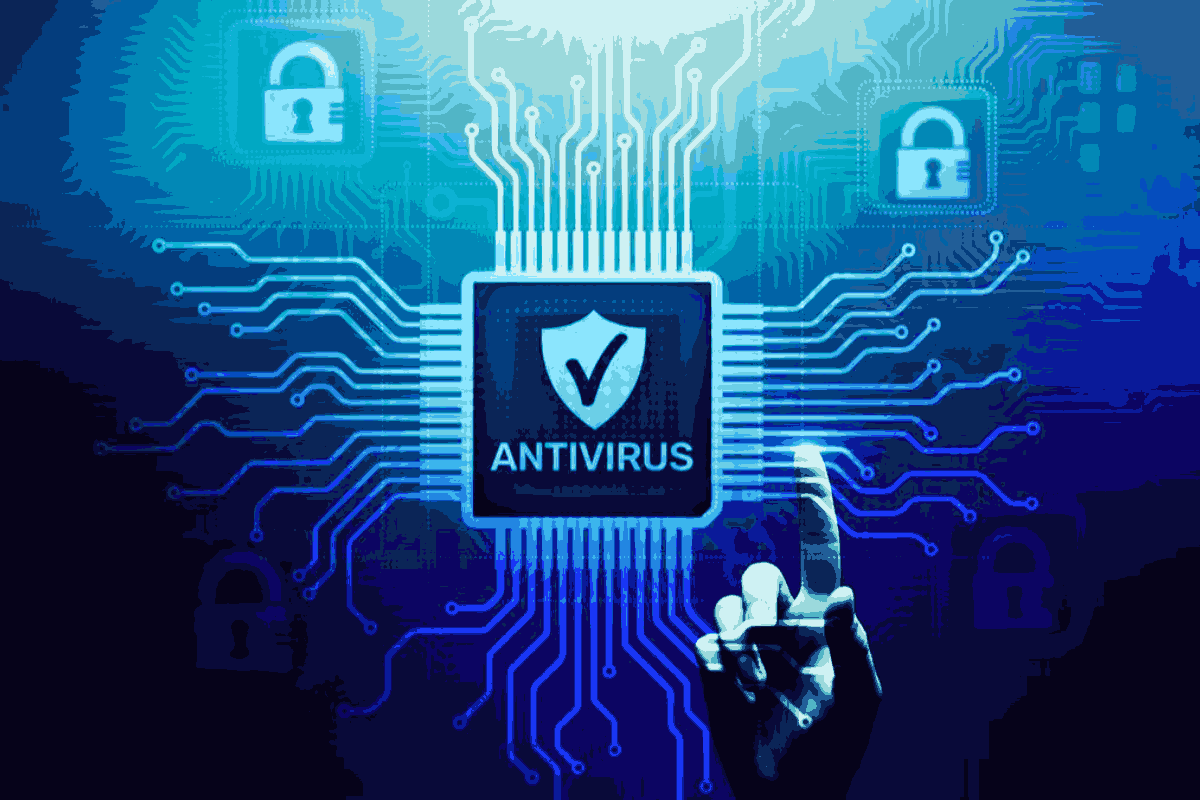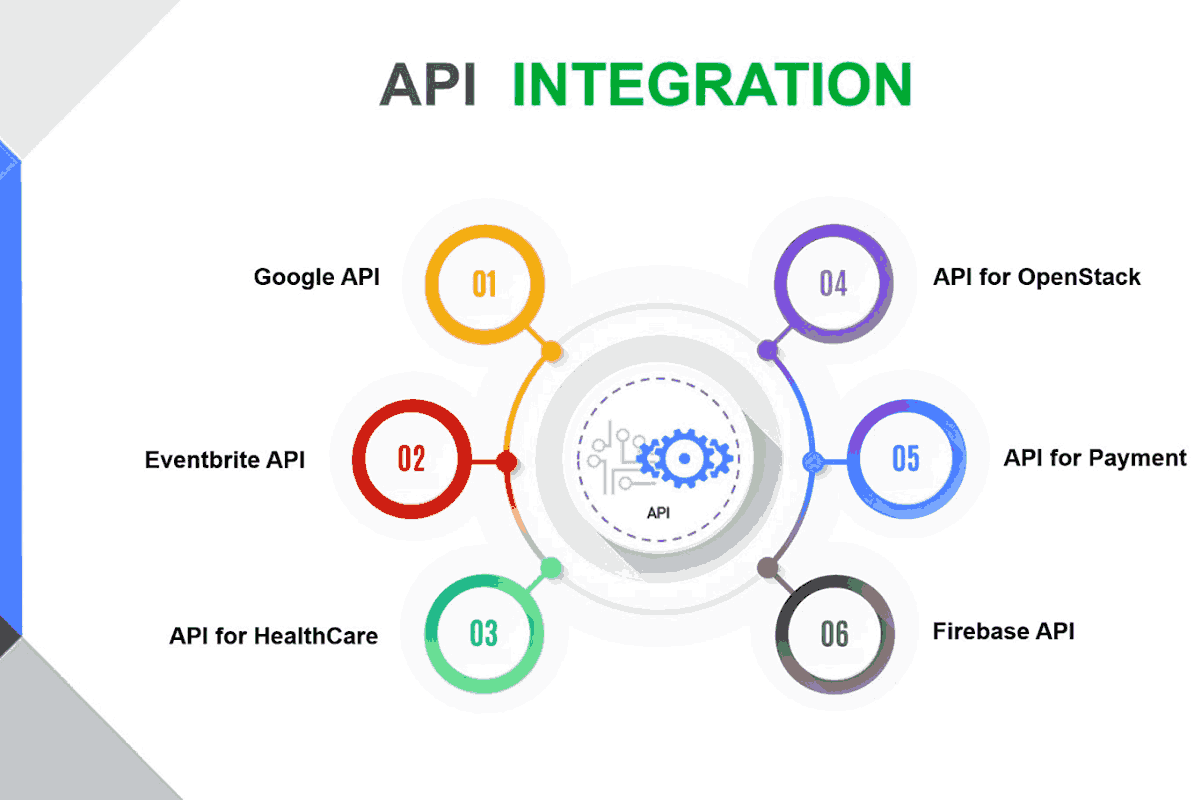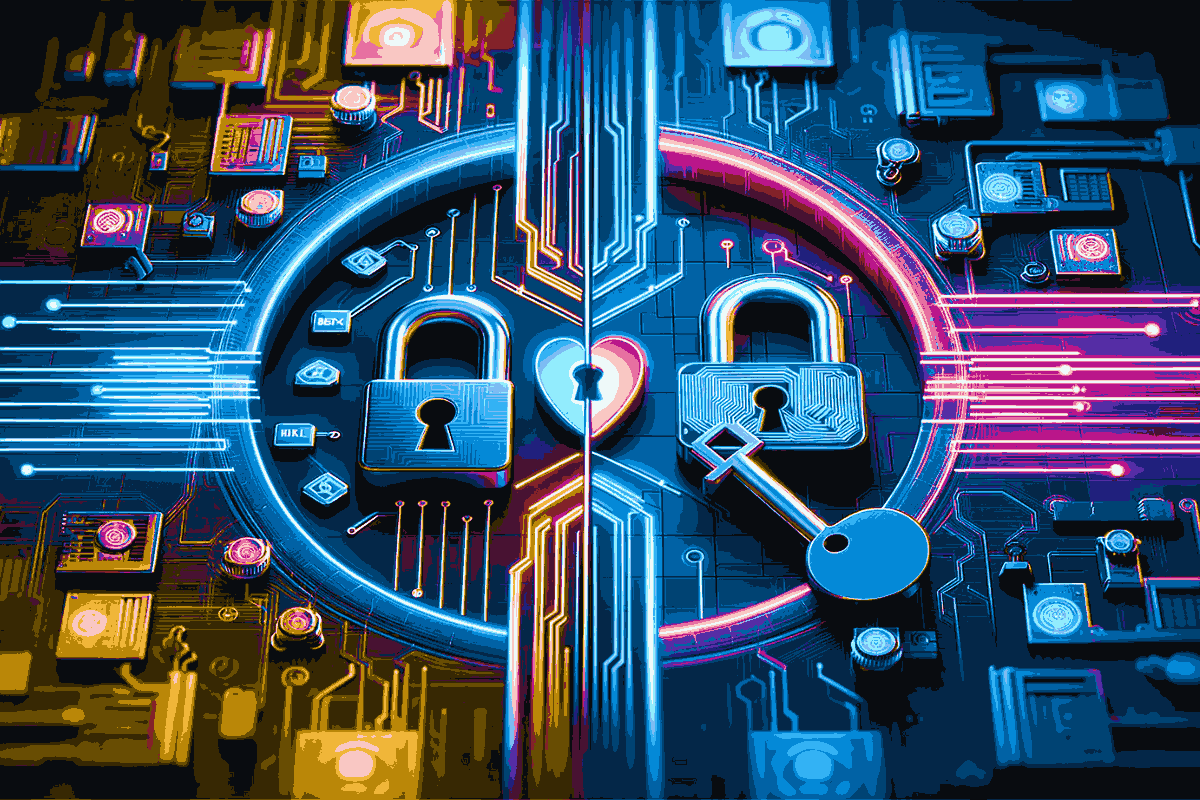
IT vs. cyber security
In today's digitally driven world, the terms Information Technology (IT) and Cybersecurity are often mentioned in tandem, yet they represent distinct fields with unique objectives and challenges. IT encompasses a broad spectrum of technologies and practices to manage and process information within organizations, ensuring seamless operation and support for business functions.
On the other hand, Cybersecurity is a specialized domain within IT focused on protecting systems, networks, and data from malicious attacks, unauthorized access, and other cyber threats. Understanding the differences and interplay between IT and Cybersecurity is crucial for organizations striving to maintain operational efficiency while safeguarding their digital assets.
IT vs. Cybersecurity: Understanding Their Key Differences and Roles
Define IT and Cybersecurity
Information Technology (IT) uses computers, storage, networking, and other physical devices, infrastructure, and processes to create, process, store, secure, and exchange electronic data. It encompasses the management and use of technology to support and streamline business operations, communication, and productivity.
On the other hand, Cybersecurity is a specialized field within IT that focuses on protecting systems, networks, and data from digital attacks, unauthorized access, and other cyber threats. It involves implementing security measures, monitoring systems for potential vulnerabilities, and responding to and mitigating security incidents to ensure digital assets' confidentiality, integrity, and availability.
Key responsibilities and roles of IT professionals
IT professionals design and implement computer systems, networks, and software applications to meet organizational needs. They are also responsible for ensuring the security and integrity of data and information, troubleshooting, and resolving technical issues that may arise.
Additionally, IT professionals are critical in managing and maintaining hardware and software systems, ensuring they are up-to-date and functioning correctly. They may also be responsible for providing technical support and training to end-users within the organization.
Key responsibilities and roles of cybersecurity professionals
In Cybersecurity, professionals identify potential security risks and vulnerabilities within an organization's systems and networks. They develop and implement security measures to protect against cyber threats like malware, phishing attacks, and unauthorized access. Cybersecurity professionals also monitor systems for any signs of security breaches and respond to incidents promptly and effectively. They ensure that sensitive data and information are secure and that the organization's systems are resilient against cyber attacks.
Importance of collaboration between IT and cybersecurity teams
In today's digital age, the collaboration between IT and cybersecurity teams is crucial for an organization's overall protection and success. The IT team is responsible for supporting the business's day-to-day operations, ensuring that systems and networks are running efficiently and effectively.
On the other hand, the cybersecurity team plays a critical role in protecting the organization's data from potential security threats. By working together, these two teams can align their efforts to ensure the organization's systems are secure and operational. This collaboration allows for implementing security measures that do not disrupt the normal flow of business operations.
It also enables the IT team to understand and prioritize cybersecurity needs while the cybersecurity team can gain insights into the organization's overall IT infrastructure. Ultimately, the collaboration between IT and cybersecurity teams is essential for creating a secure and resilient digital environment for the organization.
How to bridge the gap between IT and Cybersecurity
Organizations can take several key steps to bridge the gap between their IT and cybersecurity teams. First, it is essential to establish open lines of communication between the two teams. This can be achieved through regular meetings, collaboration on projects, and sharing information and resources.
Additionally, organizations should consider integrating their IT and cybersecurity processes. This can involve implementing joint training programs, creating shared documentation and workflows, and aligning the goals and objectives of both teams. By working together, IT and cybersecurity professionals can better understand each other's roles and responsibilities, leading to more effective collaboration.
Furthermore, it is crucial to invest in the right technology and tools to facilitate collaboration between IT and cybersecurity teams. This can include implementing security-focused IT solutions, such as endpoint detection and response systems, and ensuring that cybersecurity tools are integrated into the organization's overall IT infrastructure.
Lastly, organizations should prioritize a culture of collaboration and mutual respect between their IT and cybersecurity teams. This can involve recognizing and celebrating each team's contributions, fostering a sense of shared responsibility for Cybersecurity, and promoting a mindset of continuous learning and improvement.
By taking these steps, organizations can bridge the gap between their IT and cybersecurity teams, ultimately leading to a more secure and resilient digital environment.
In conclusion, while IT and Cybersecurity are closely related, they have distinct organizational roles and responsibilities. IT focuses on managing and maintaining the technology infrastructure, while Cybersecurity focuses explicitly on protecting it from potential threats and attacks. Understanding the key differences and roles of each is crucial for maintaining a secure and efficient technology environment within any organization.
FAQS
What is the critical difference between IT and Cybersecurity?
The key difference between IT and Cybersecurity is their focus. IT, or information technology, uses computer systems and networks to manage and process data. Conversely, Cybersecurity focuses on protecting those systems and networks from cyber threats and attacks.
What are the primary roles of IT professionals?
IT professionals manage and maintain computer systems, networks, and software. They also provide technical support to users and ensure that systems run efficiently and securely.
What are the primary roles of cybersecurity professionals?
Cybersecurity professionals are focused on protecting computer systems, networks, and data from cyber threats such as hacking, malware, and data breaches. They implement security measures, monitor potential threats, and respond to security incidents.
Do IT professionals need cybersecurity skills?
While all IT professionals are not required to have cybersecurity skills, having a basic understanding of cybersecurity principles and best practices is becoming increasingly important as cyber threats continue to evolve.
Can a cybersecurity professional work in IT and vice versa?
Yes, there can be overlap between the roles of IT and cybersecurity professionals, and individuals with skills and experience in both areas may be able to work in either field. However, the specific focus and responsibilities of each role are distinct.
What is the future outlook for careers in IT and Cybersecurity?
IT and Cybersecurity are projected to have strong job growth in the coming years as organizations continue to rely on technology and data and face increasing cyber threats. This makes careers in both fields promising for those with the right skills and expertise.
What skills are essential for a career in IT?
Necessary IT career skills include proficiency in computer systems and networks, problem-solving abilities, technical knowledge of hardware and software, and the ability to adapt to new technologies.
What skills are essential for a career in Cybersecurity?
Necessary skills for a job in Cybersecurity include knowledge of security principles and best practices, expertise in threat detection and response, understanding of compliance and regulations, and strong analytical and problem-solving abilities.
Keywords:
- IT vs cyber security











Leave a comment